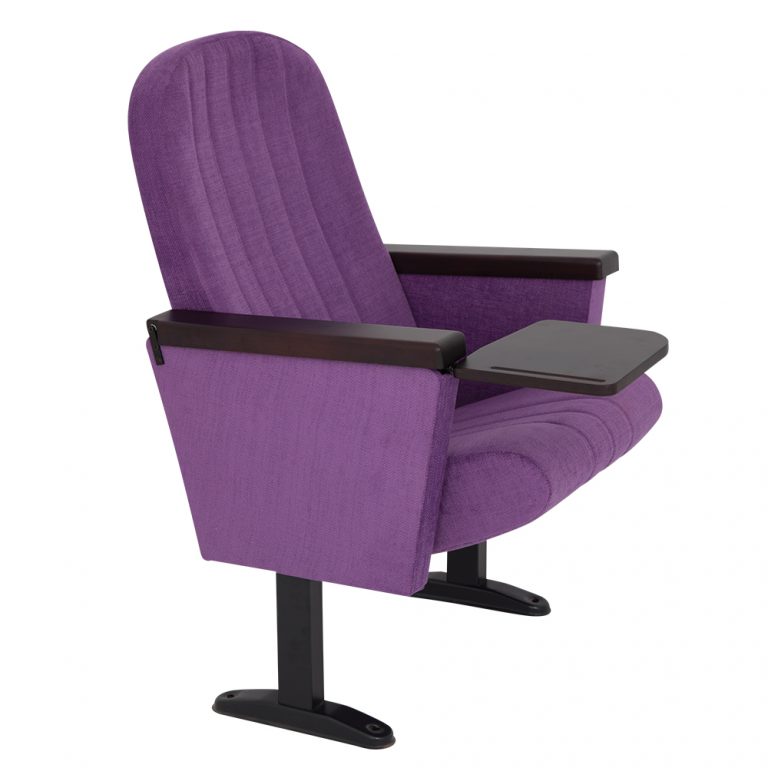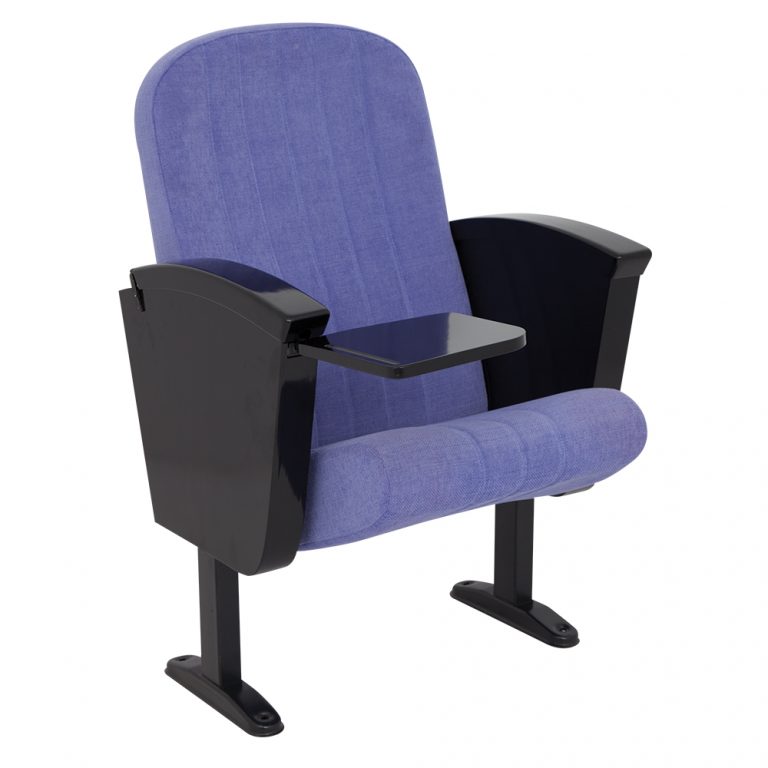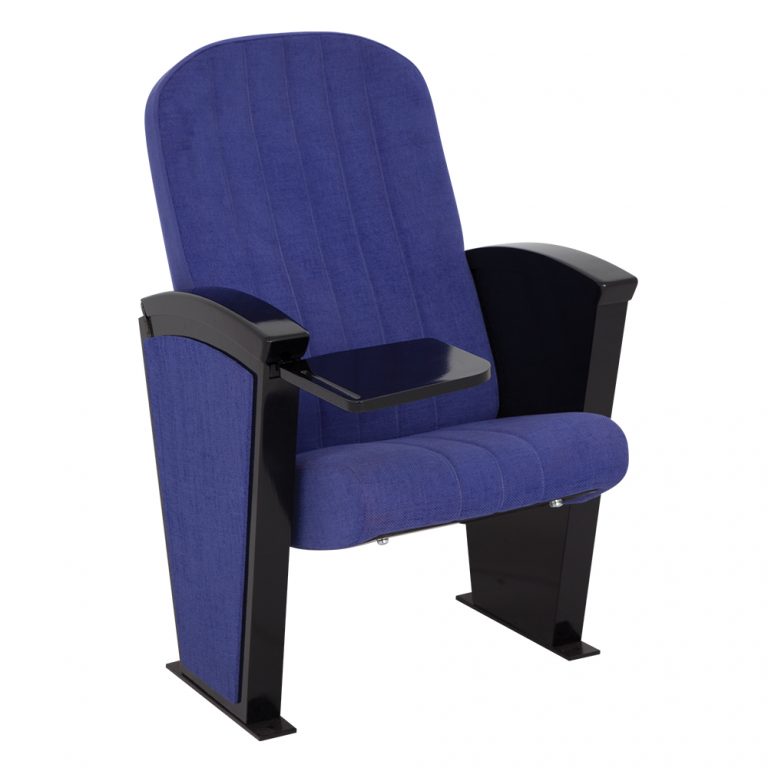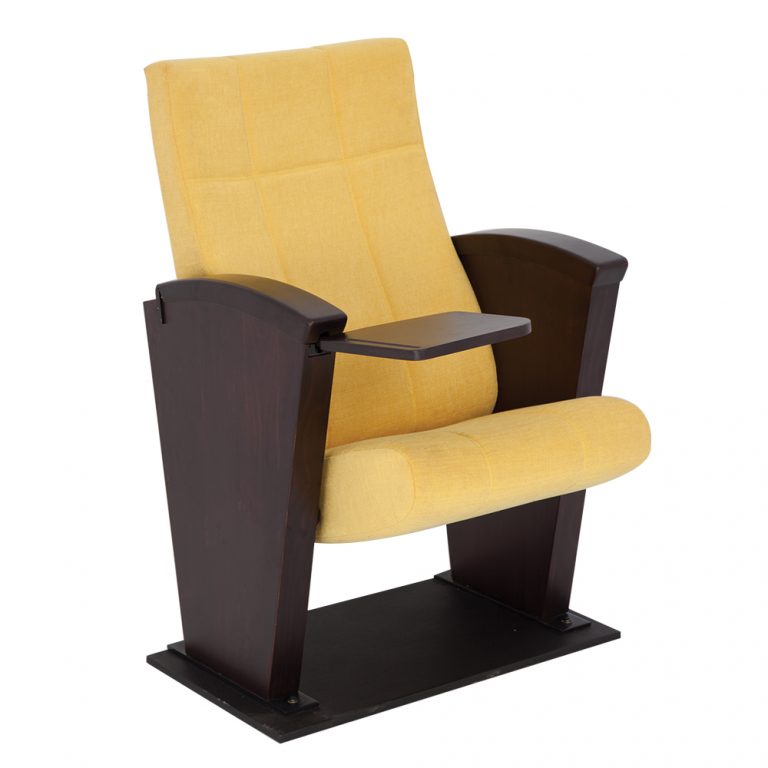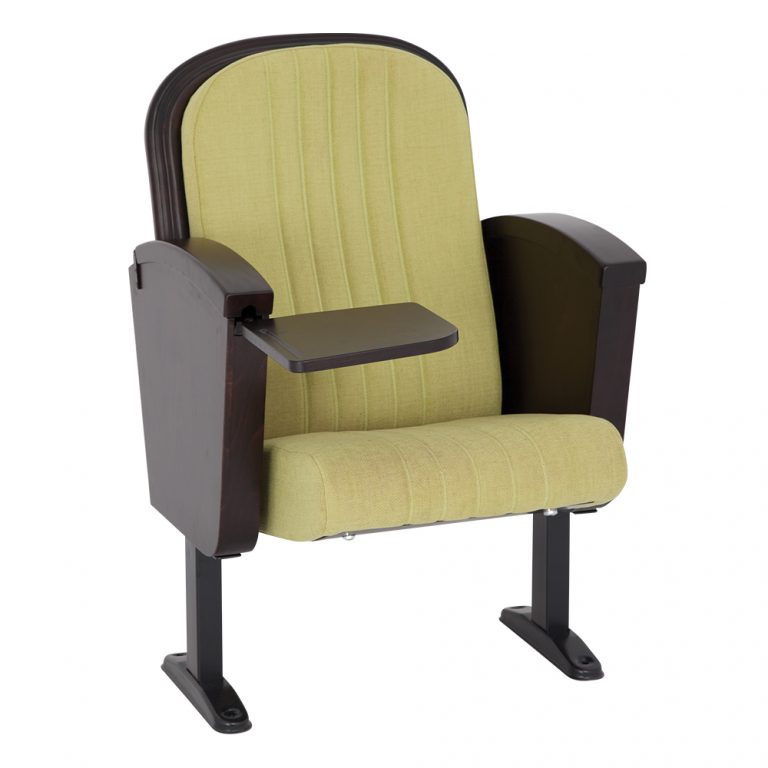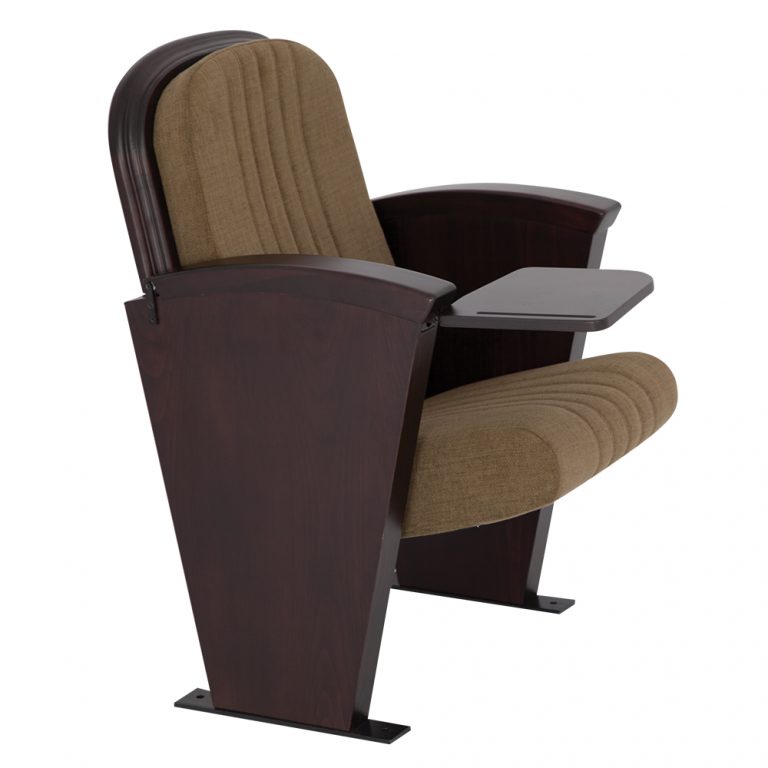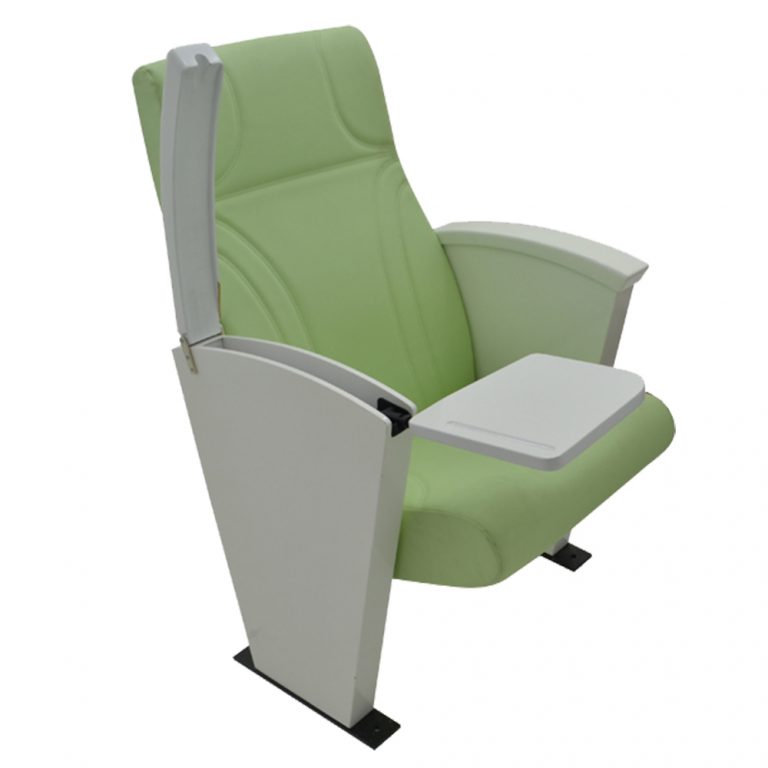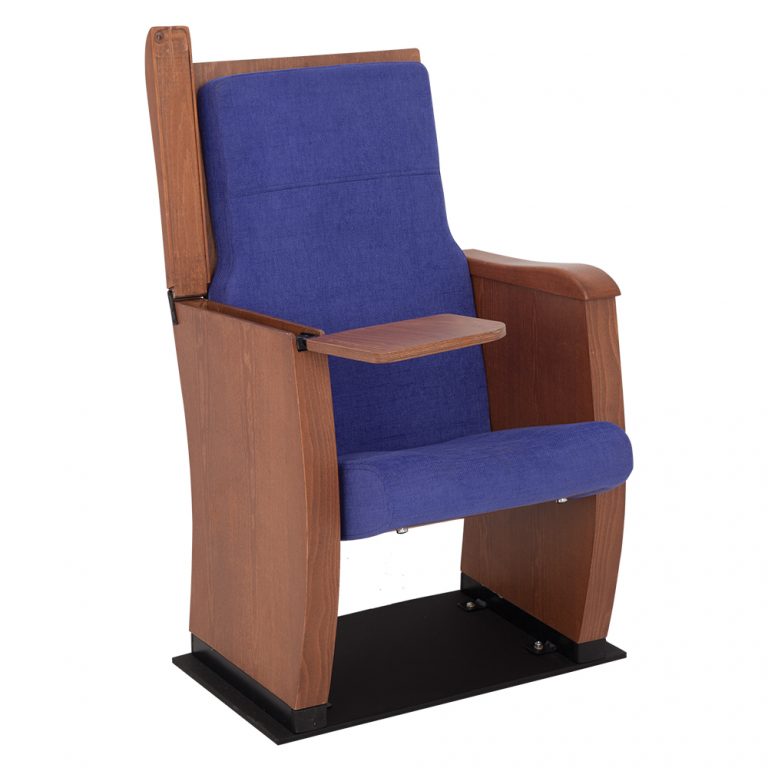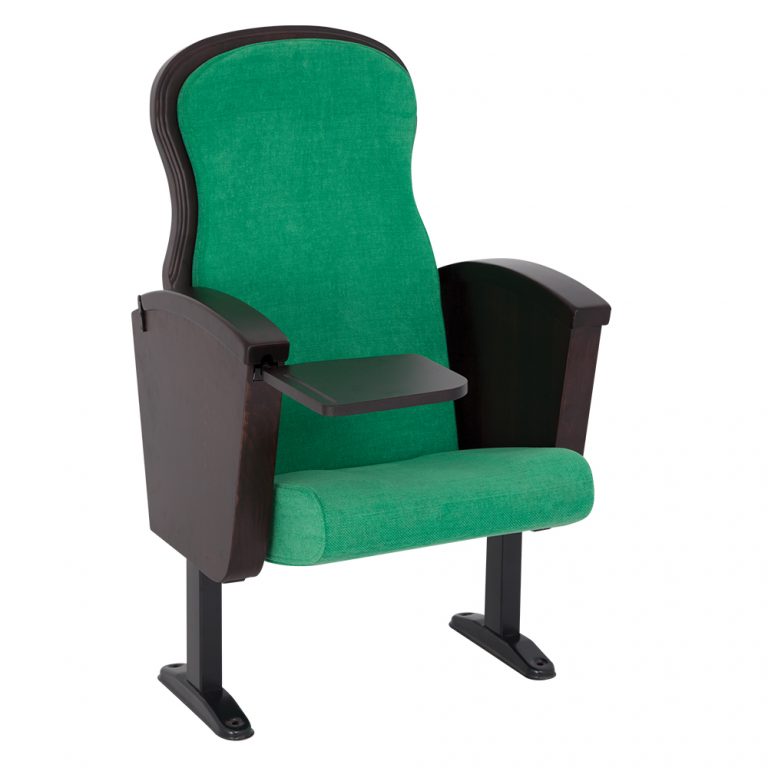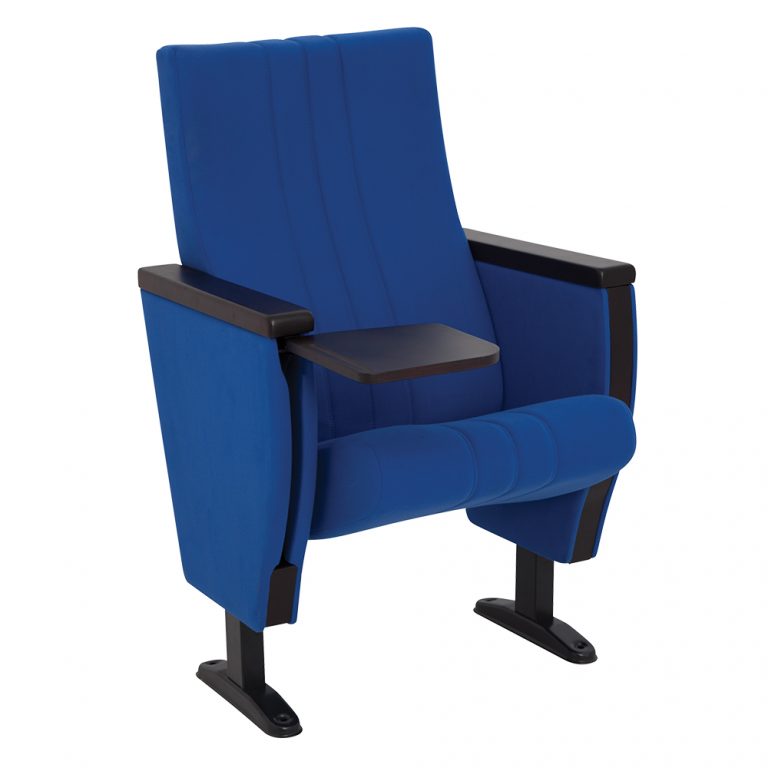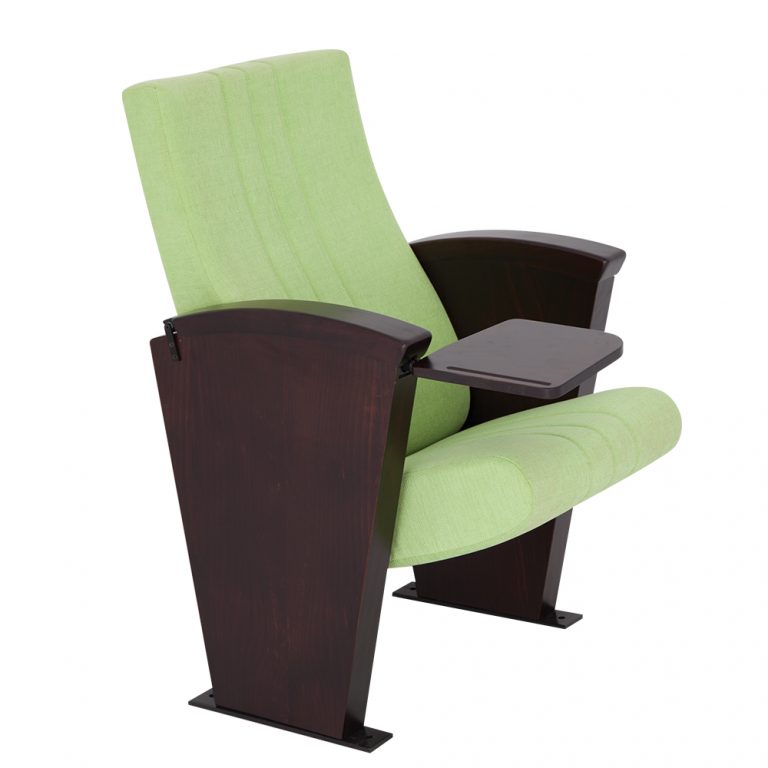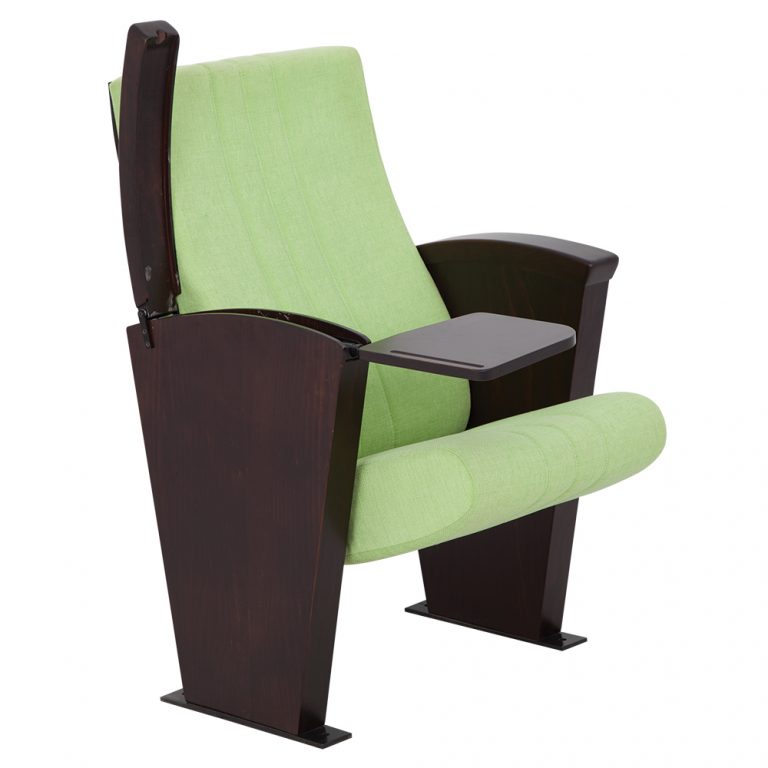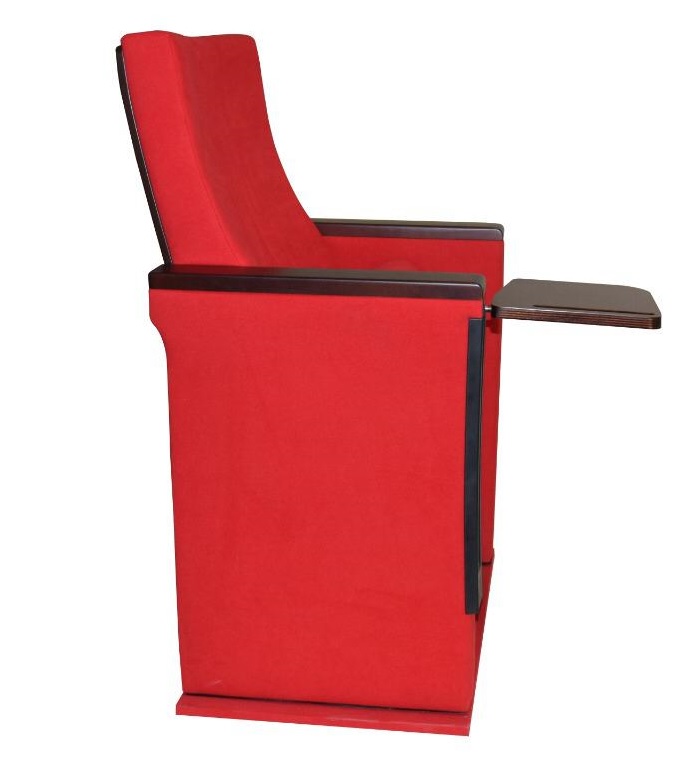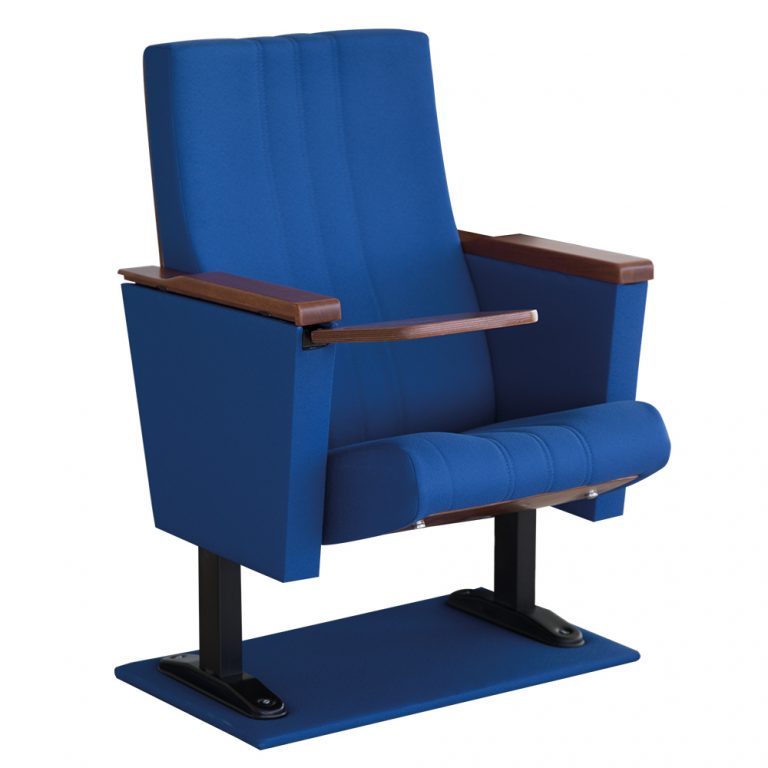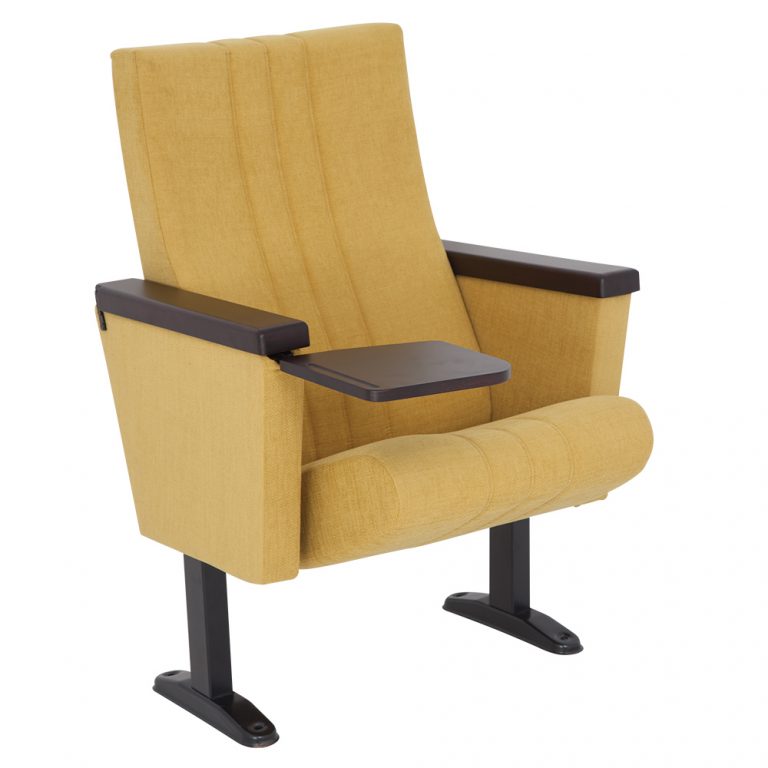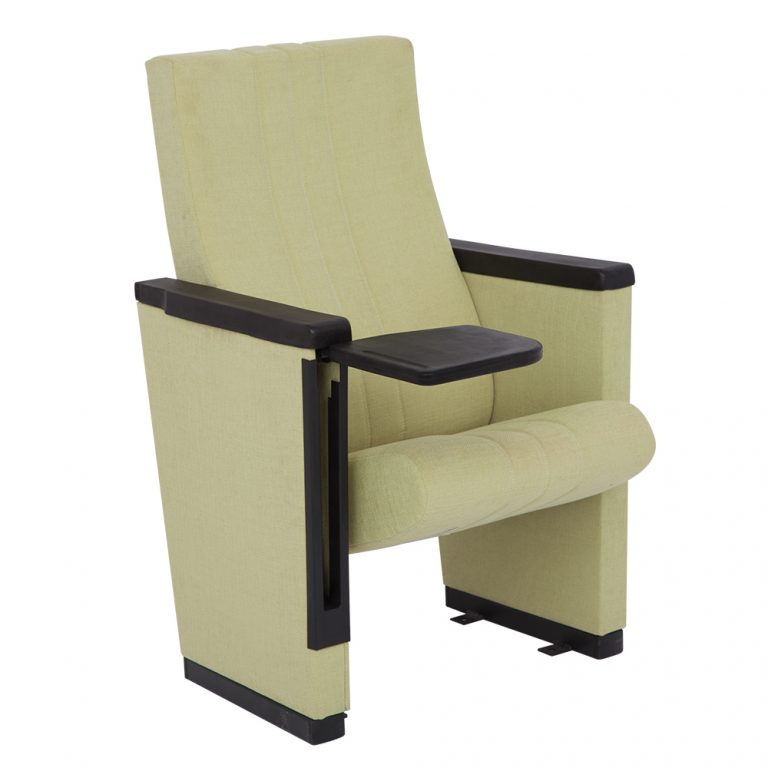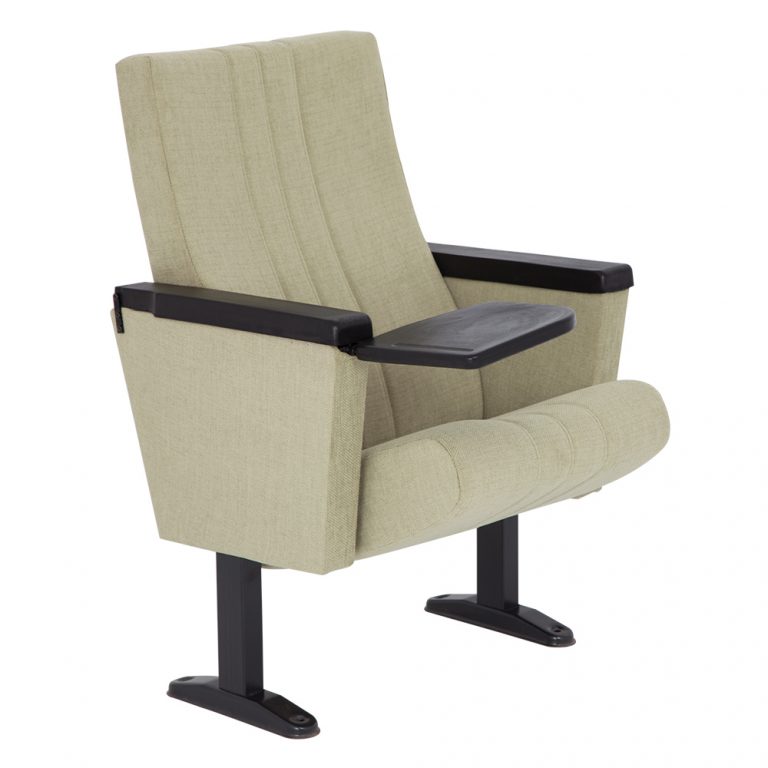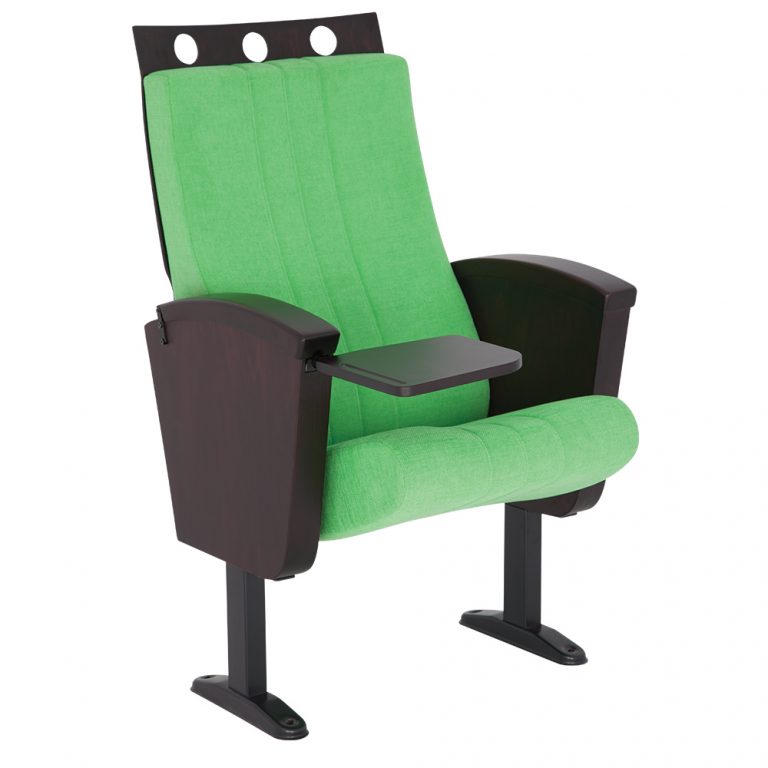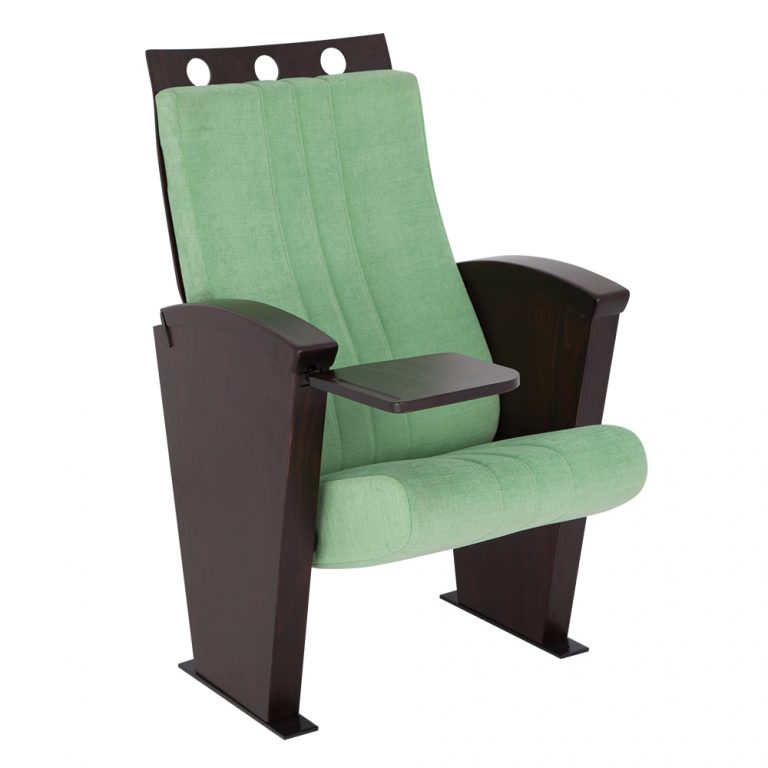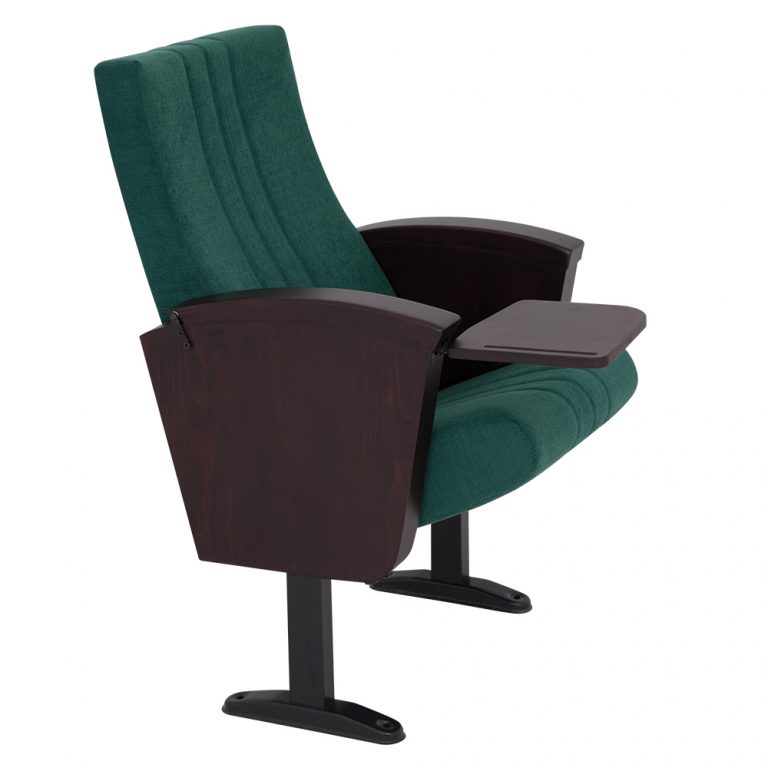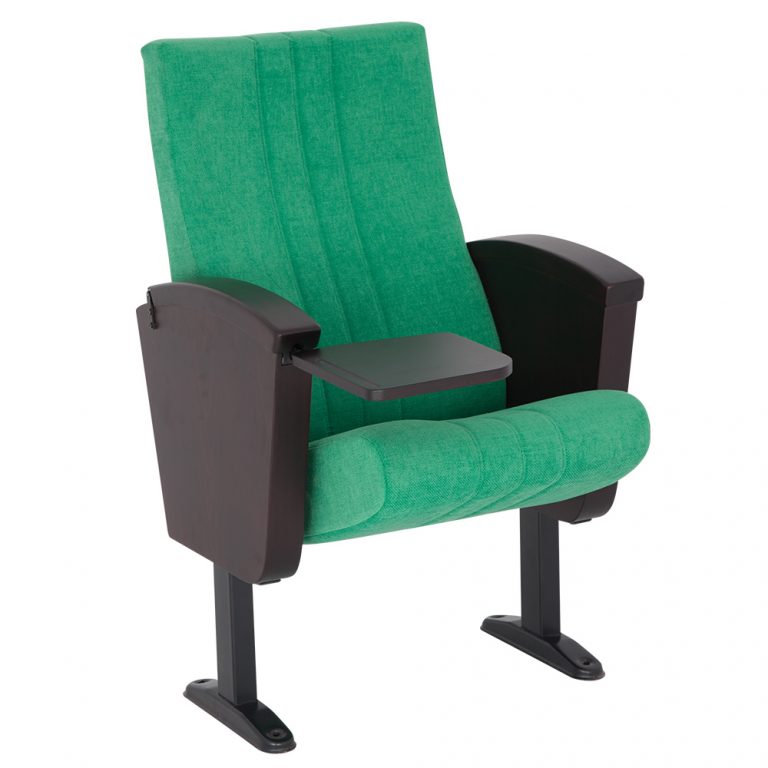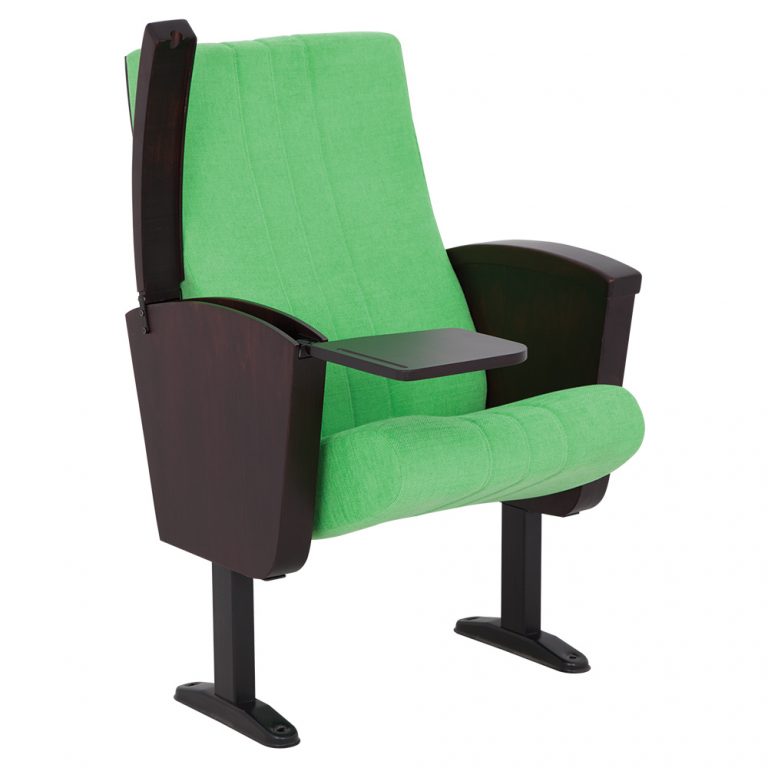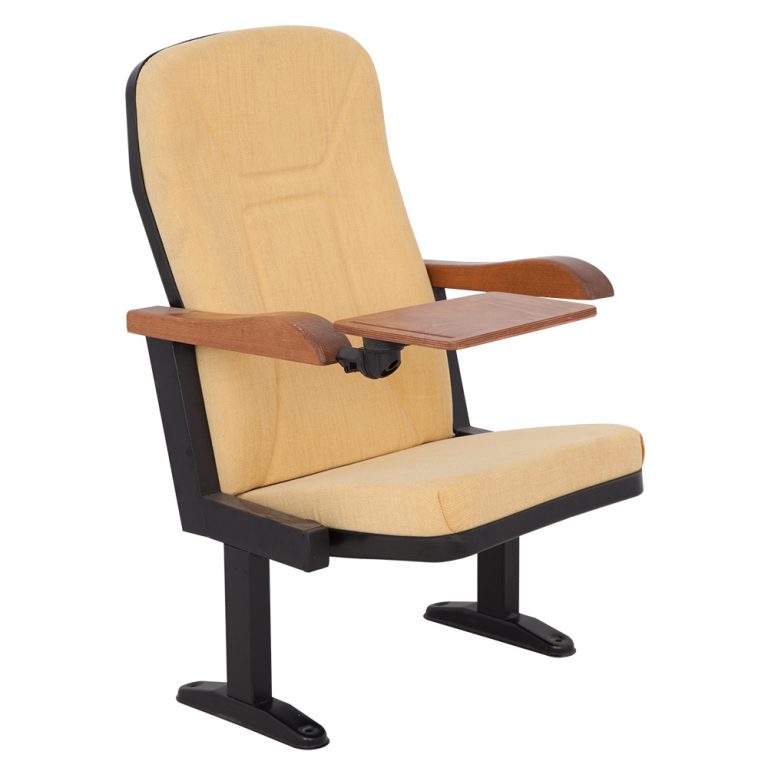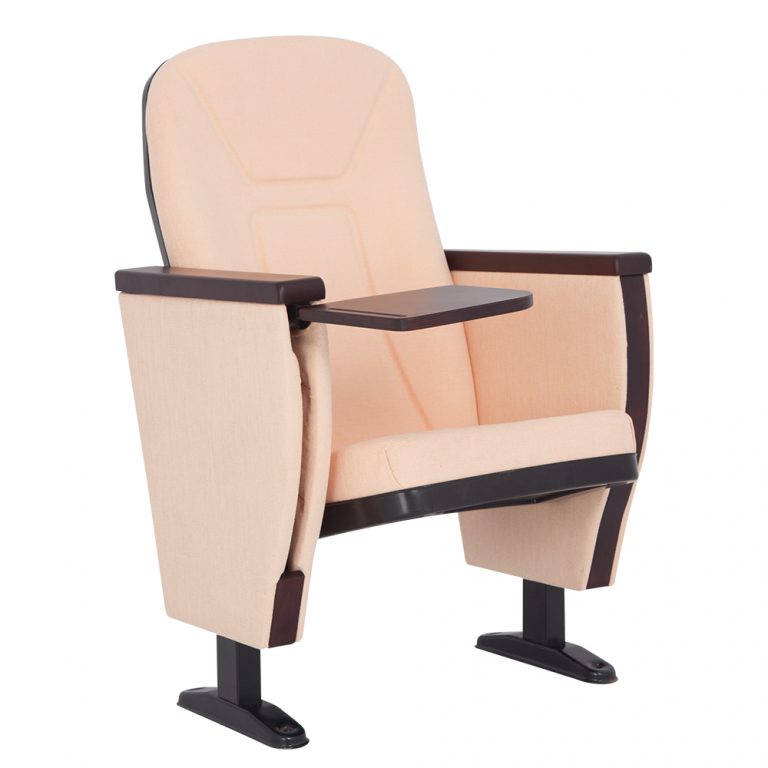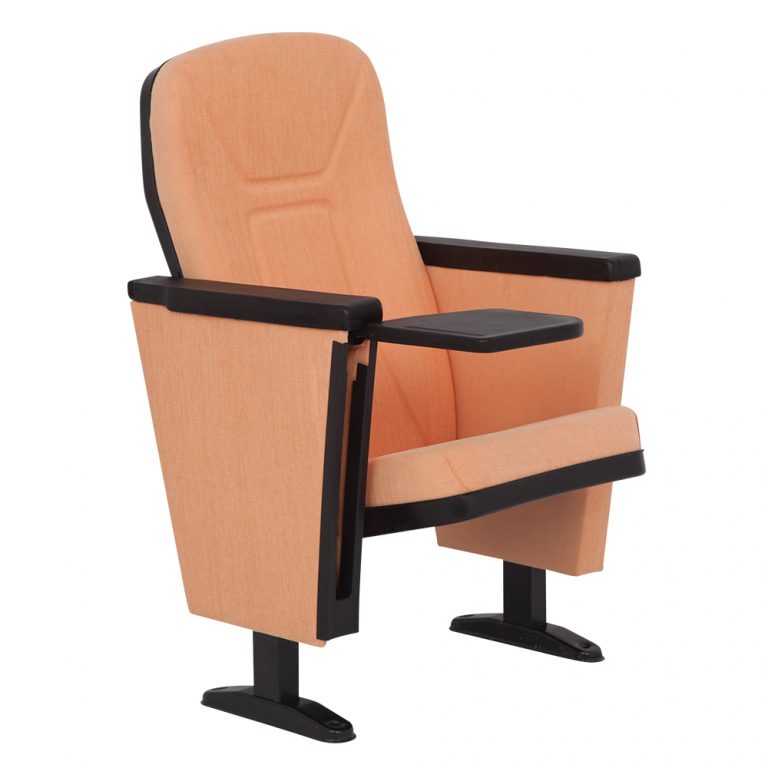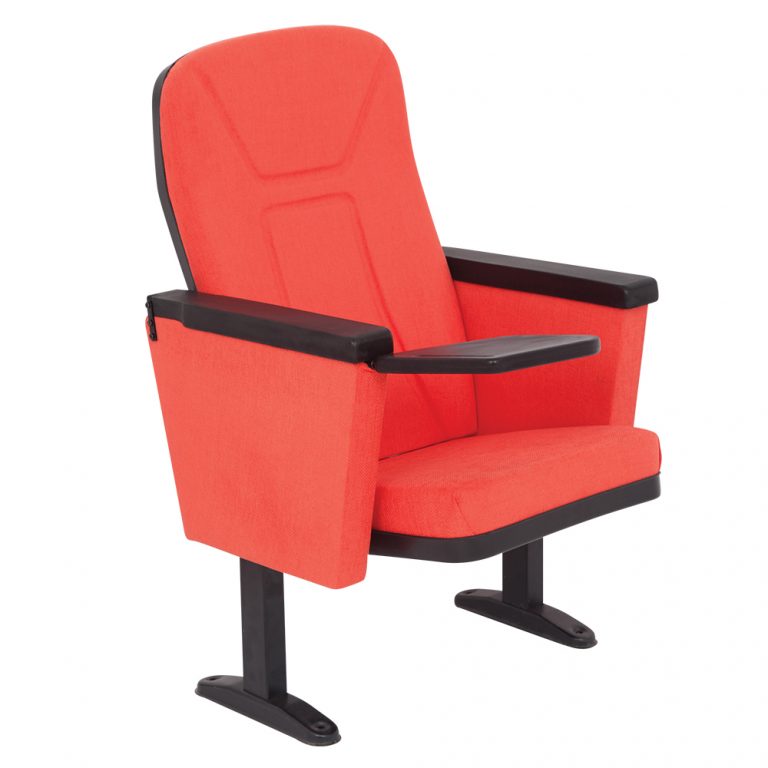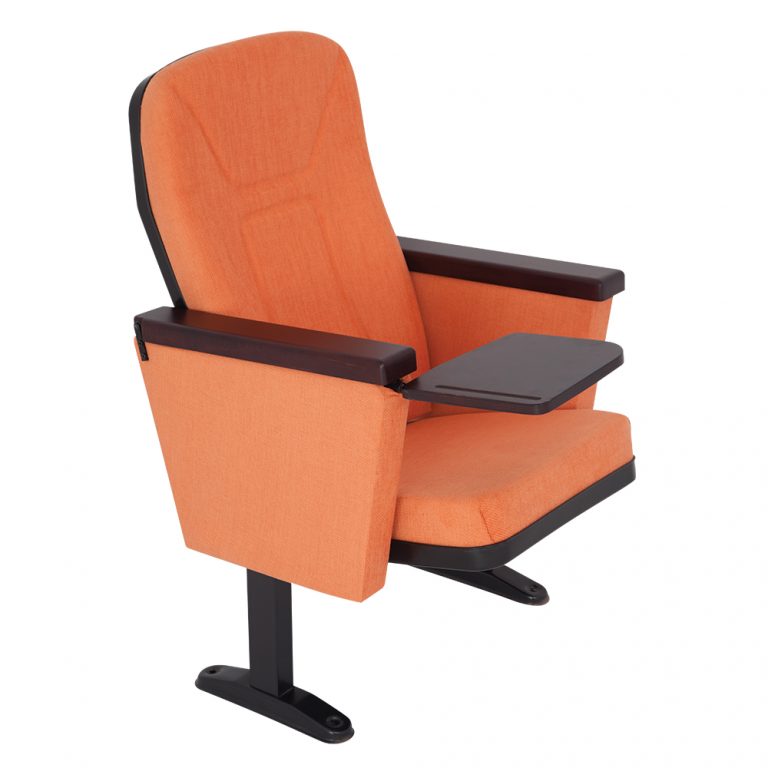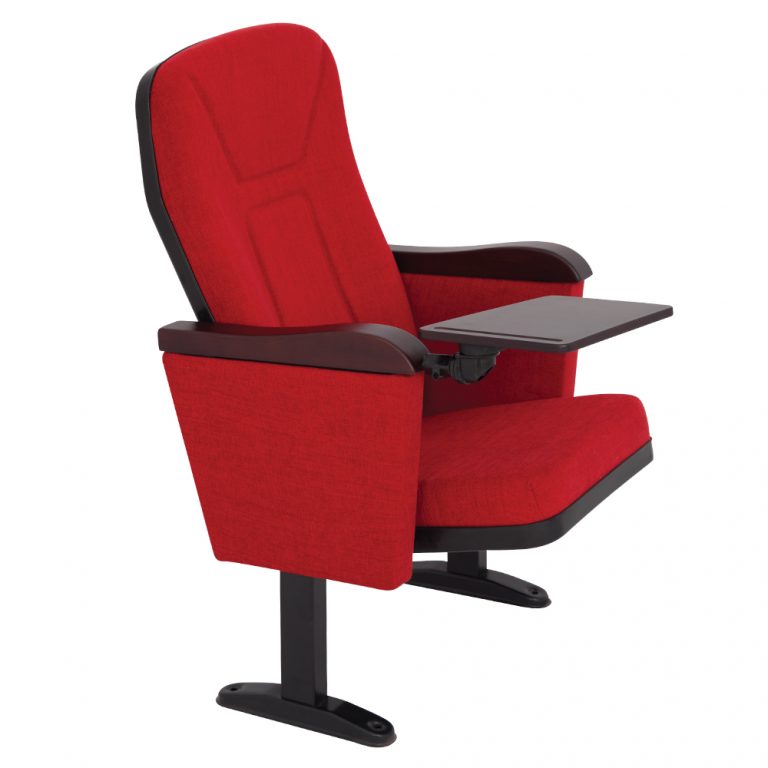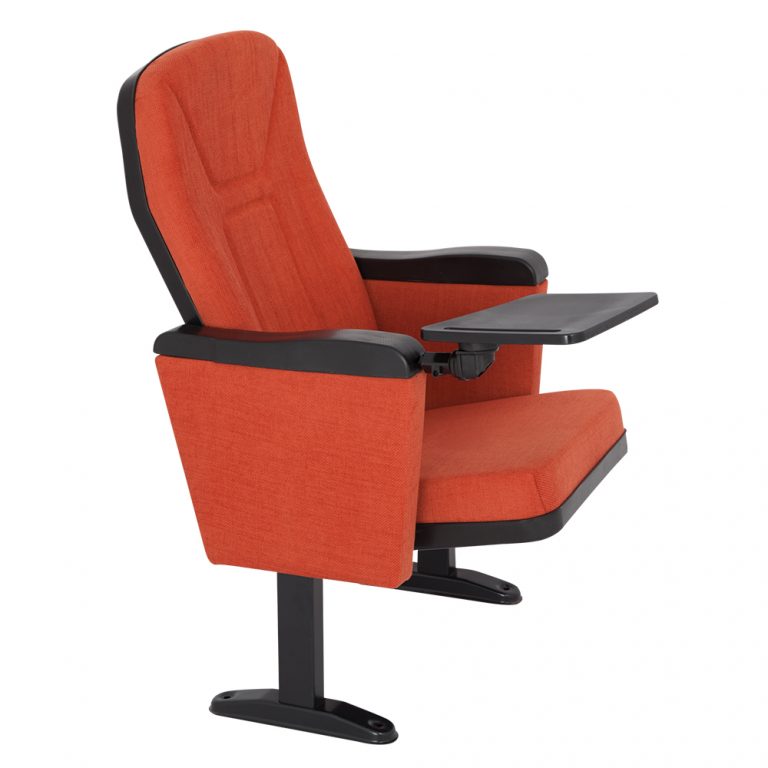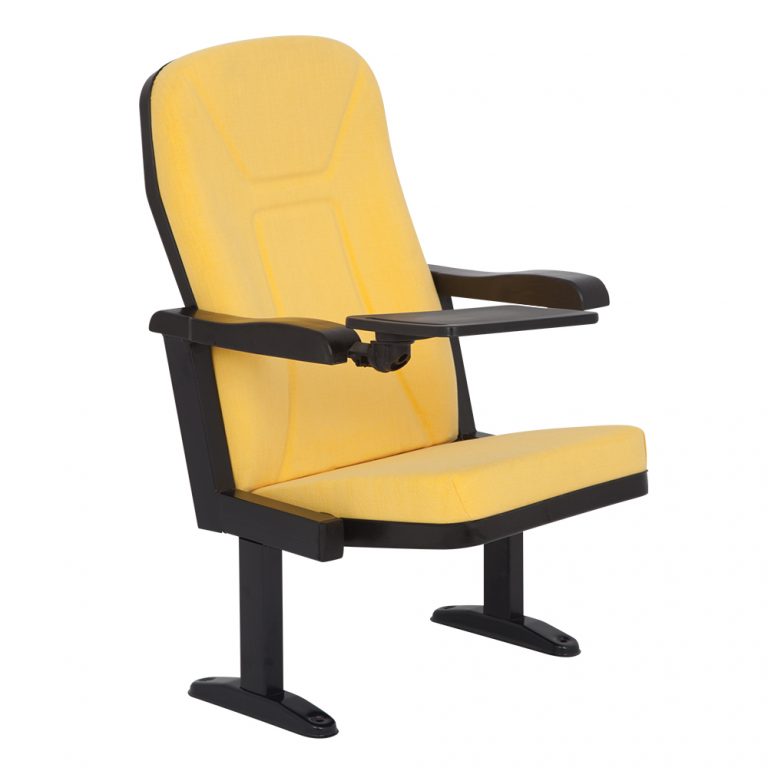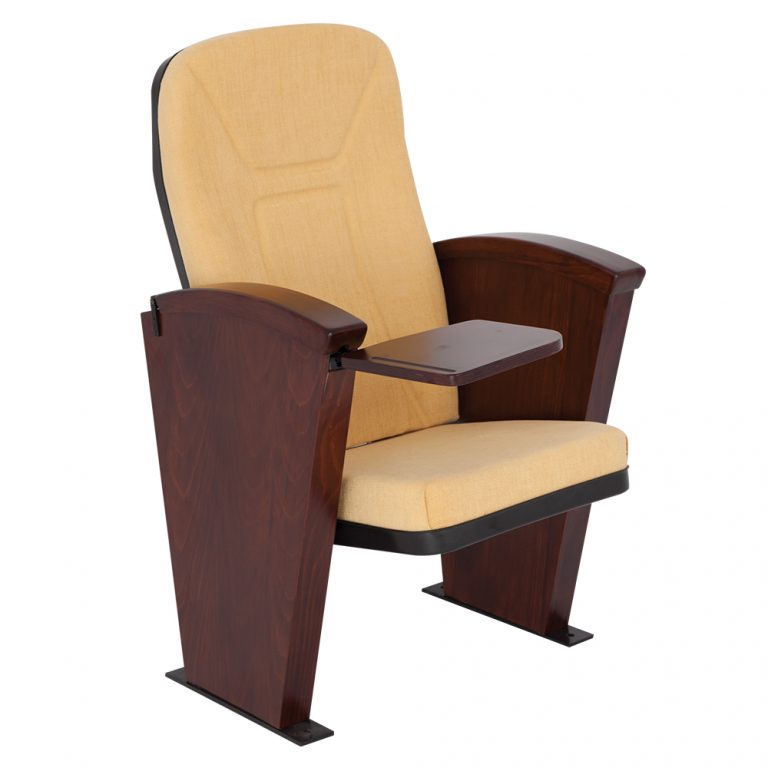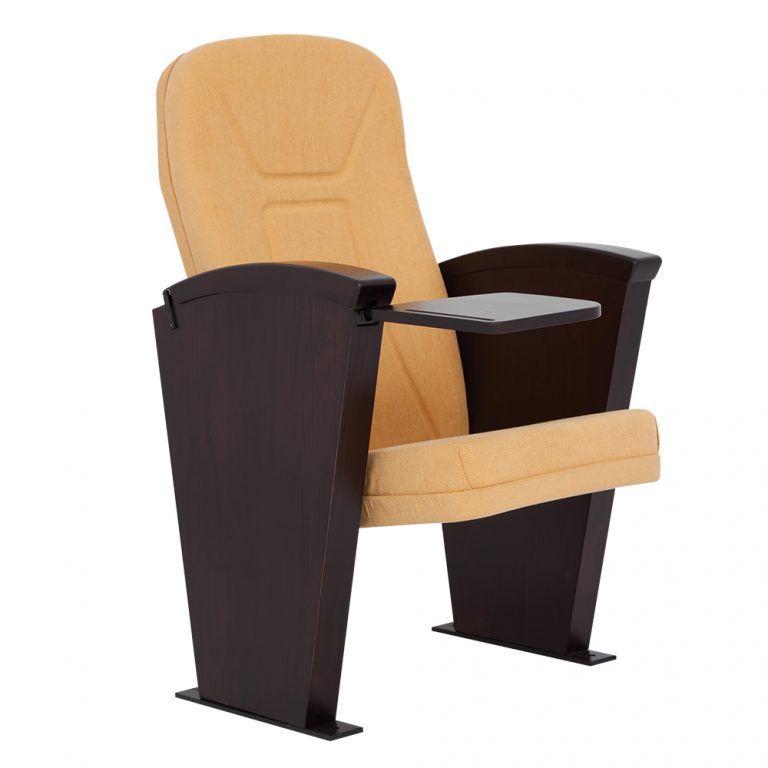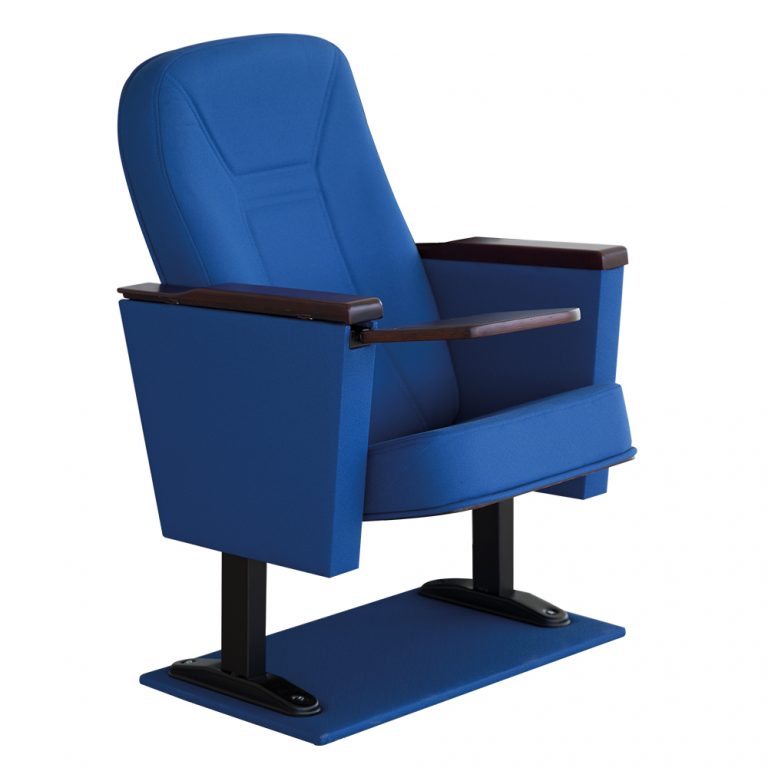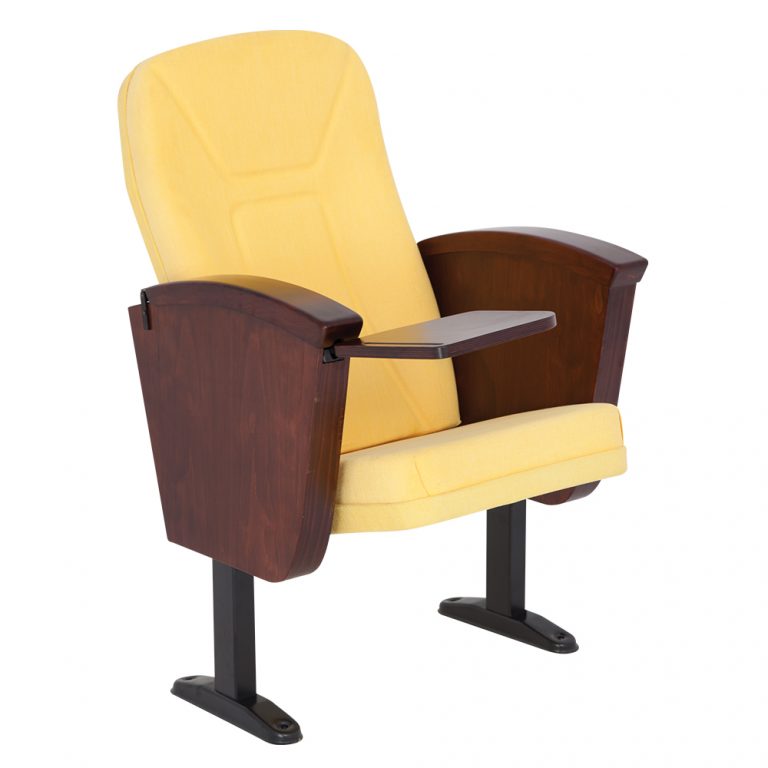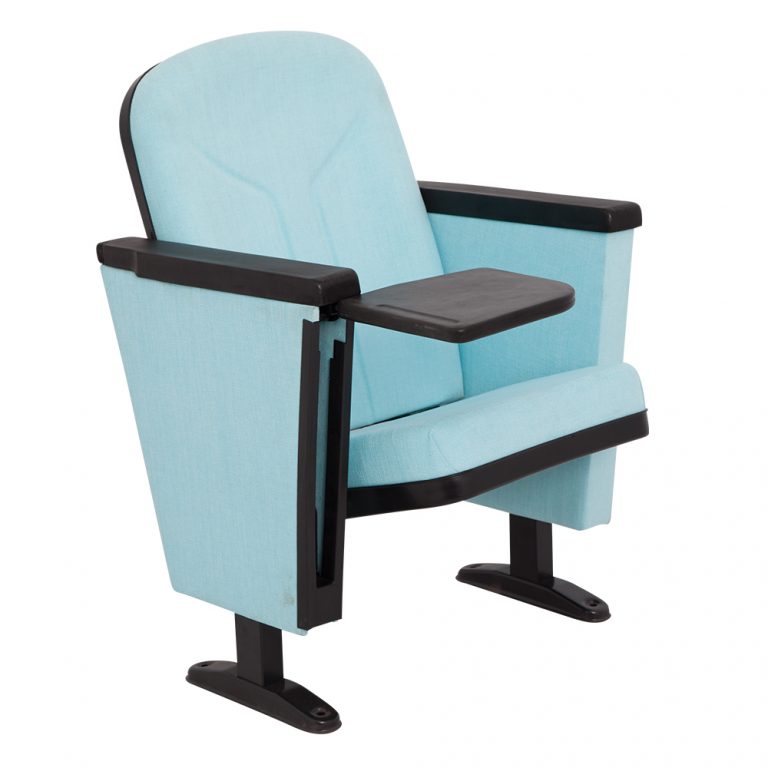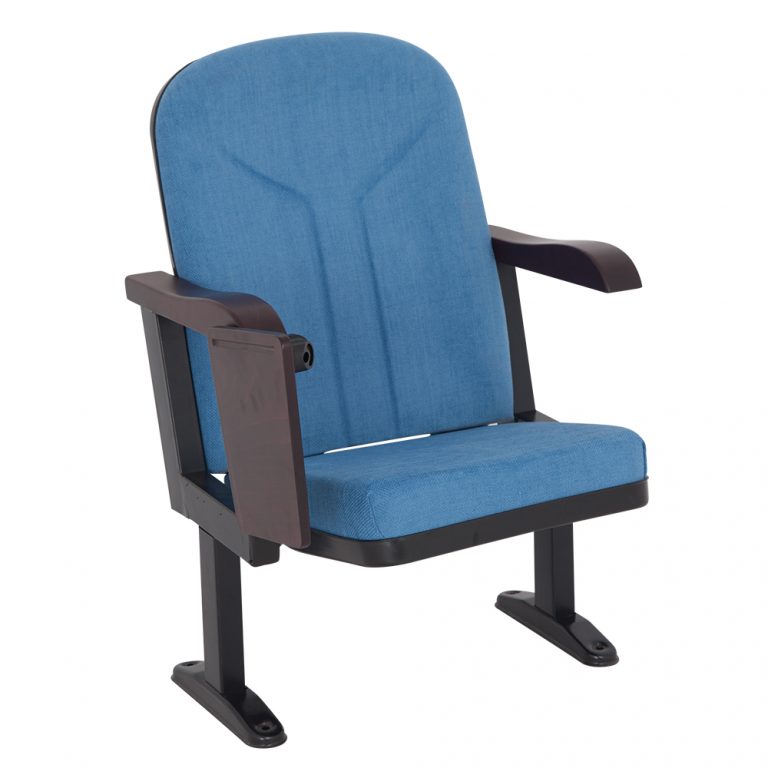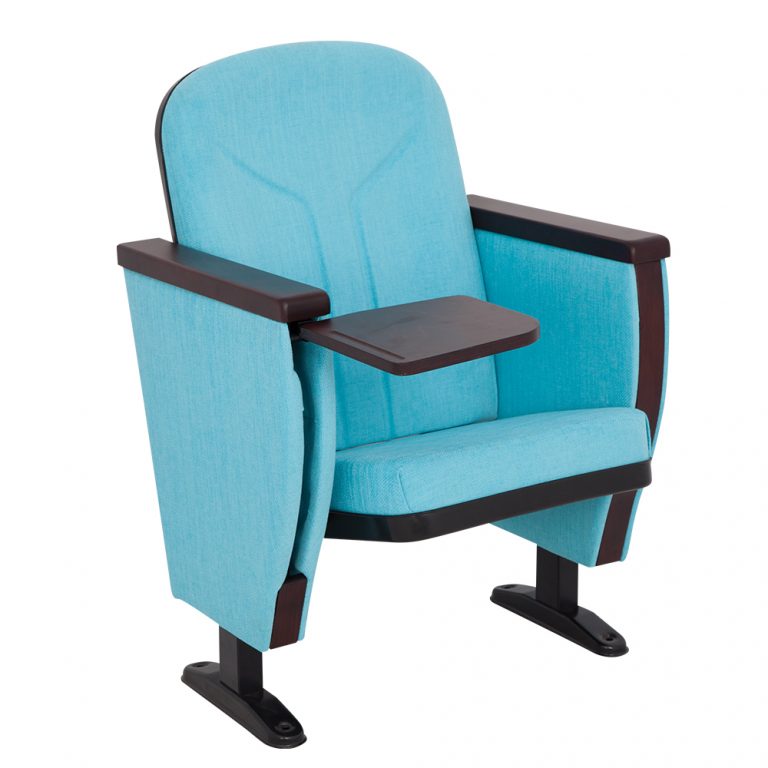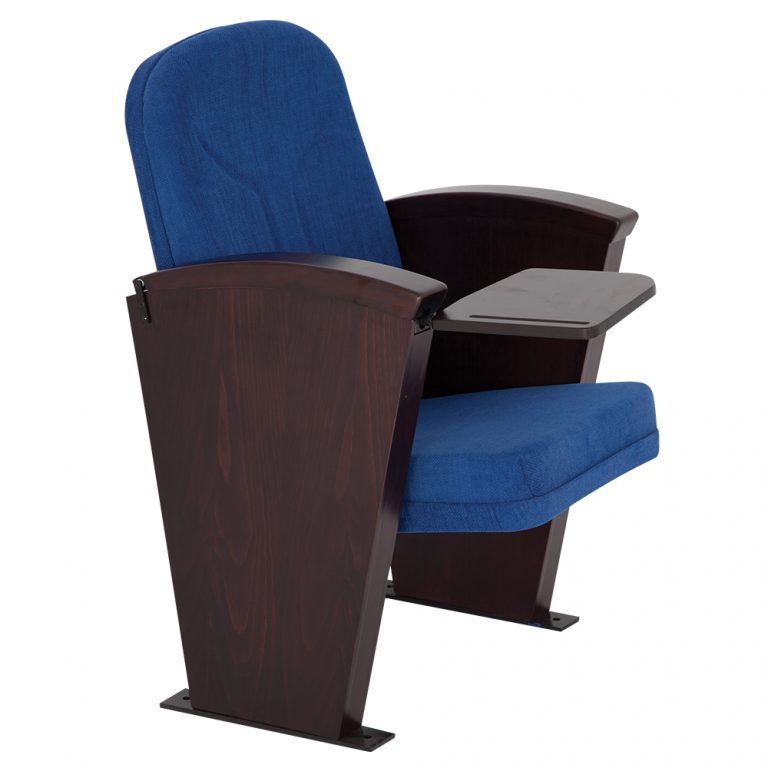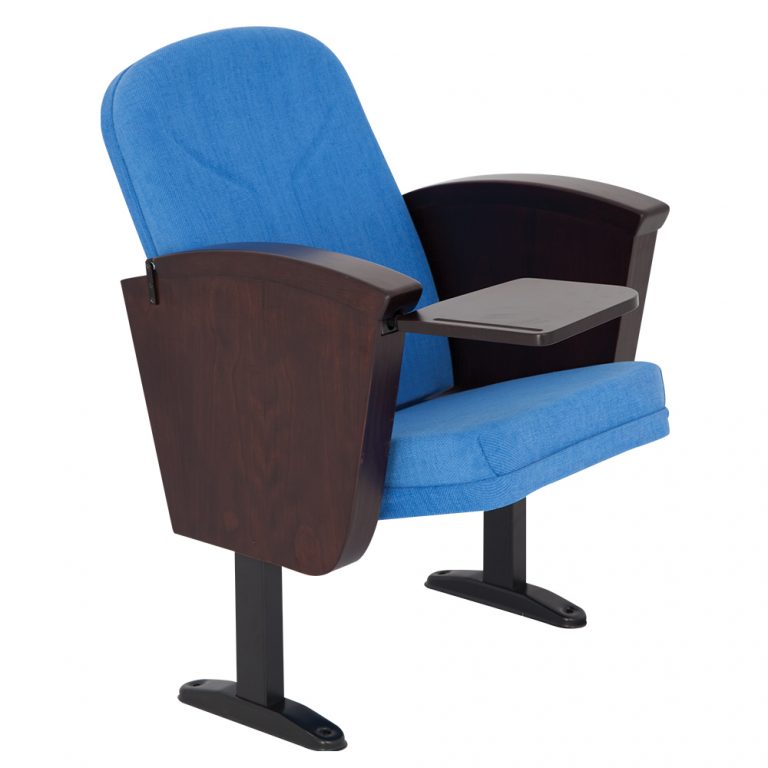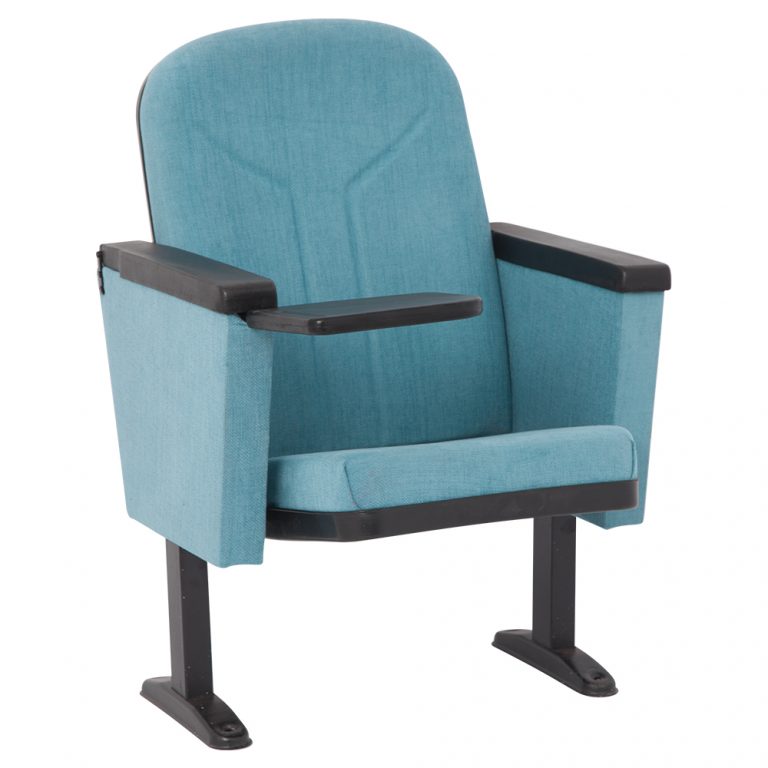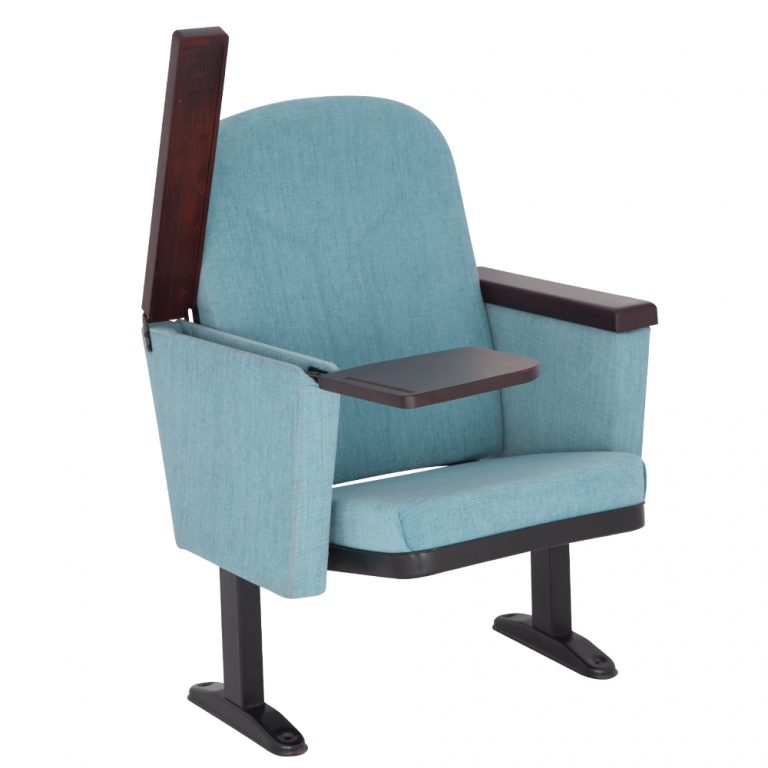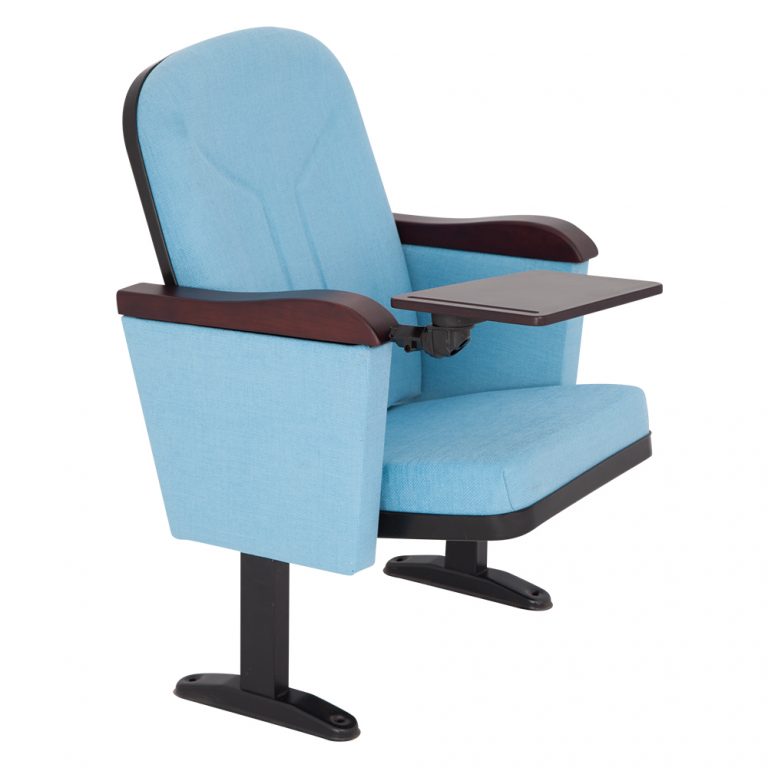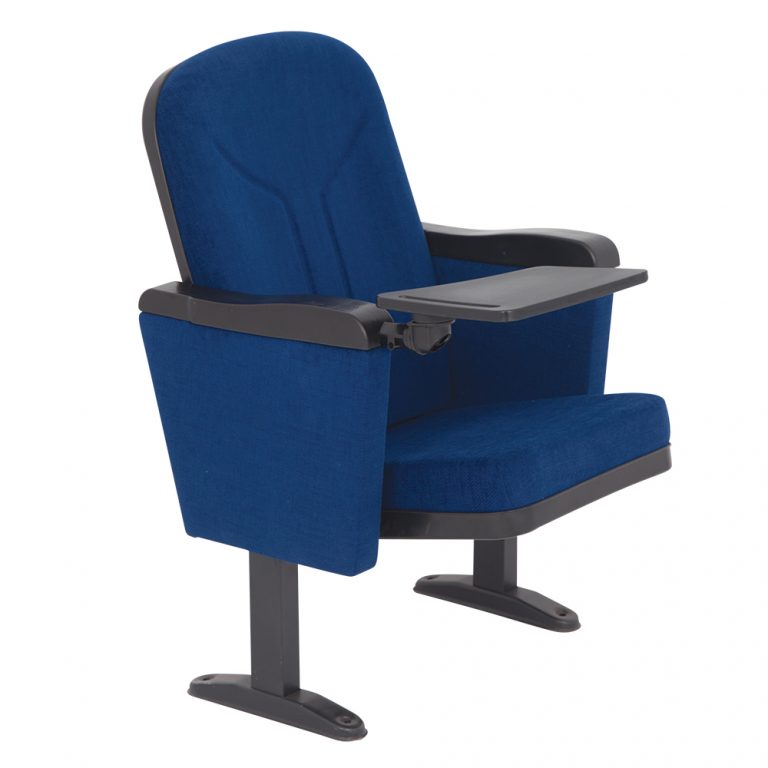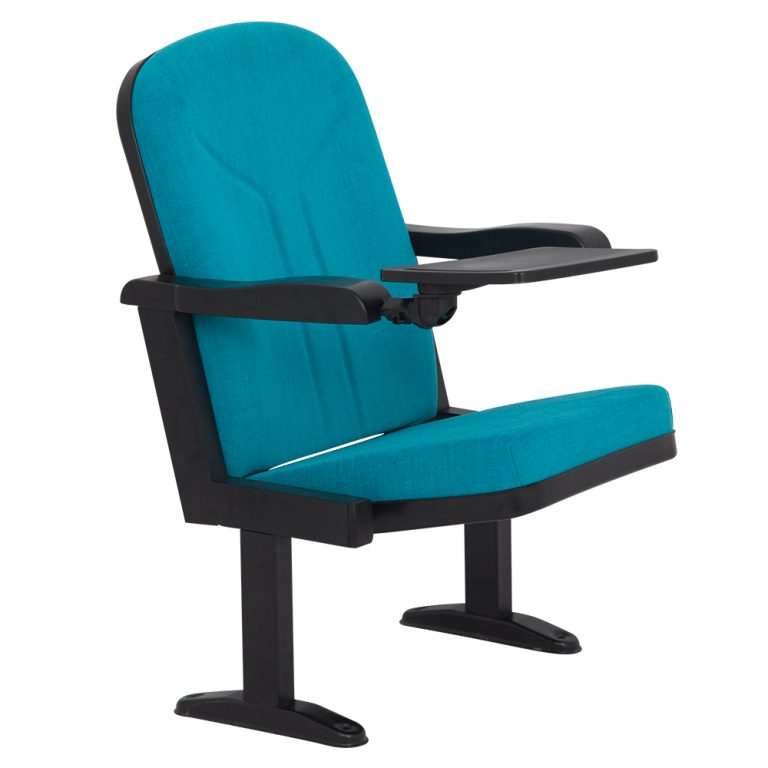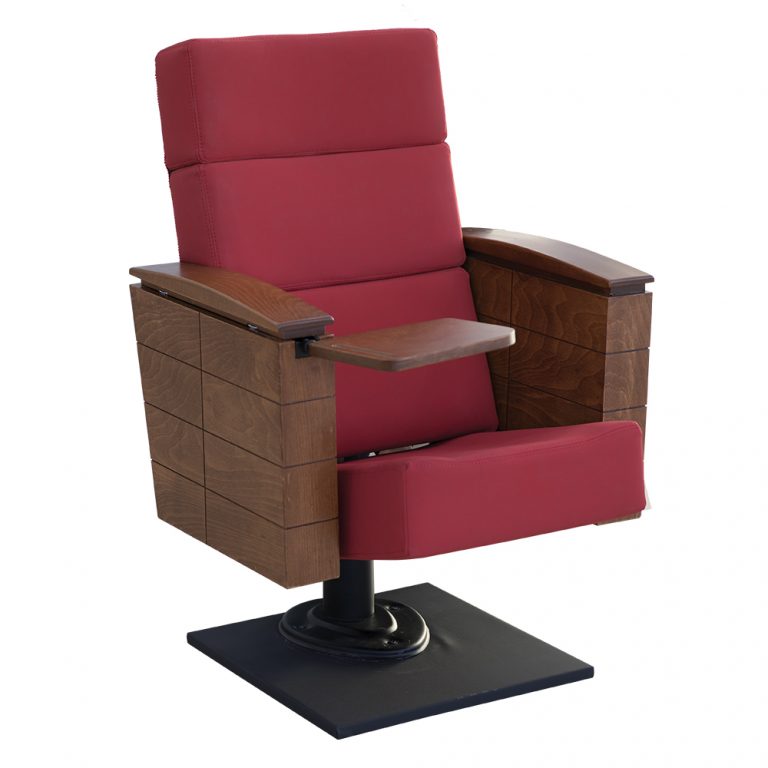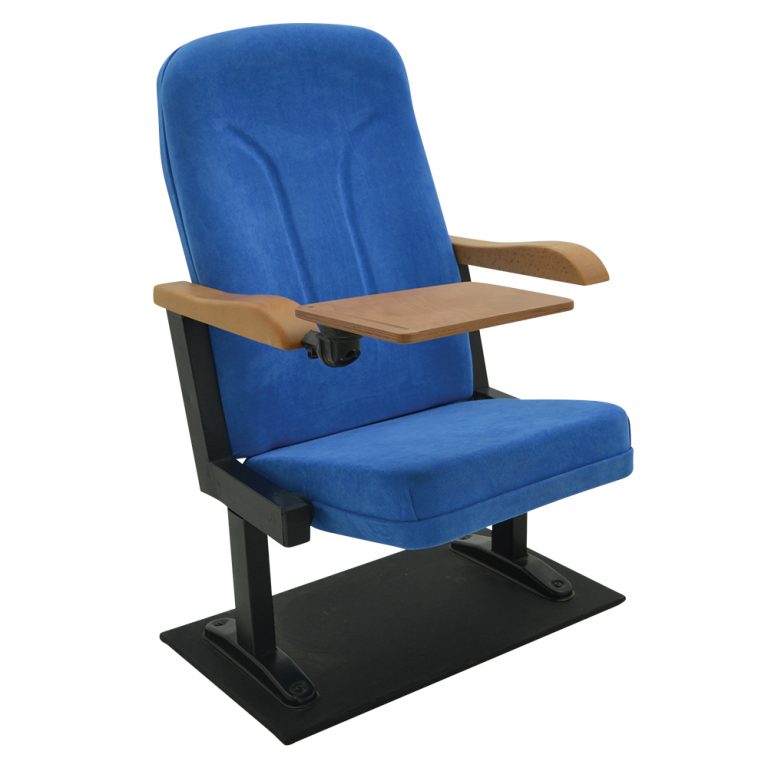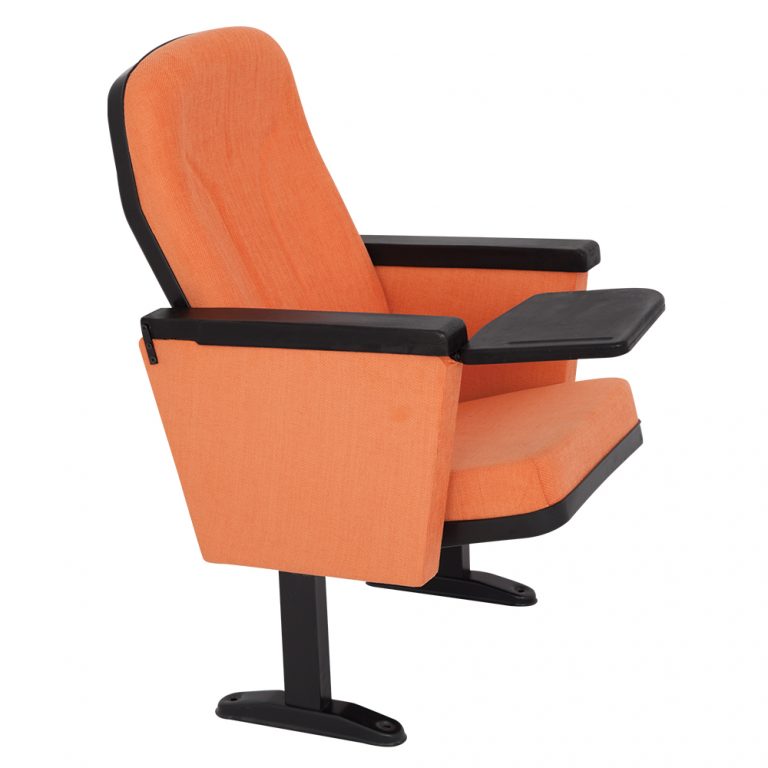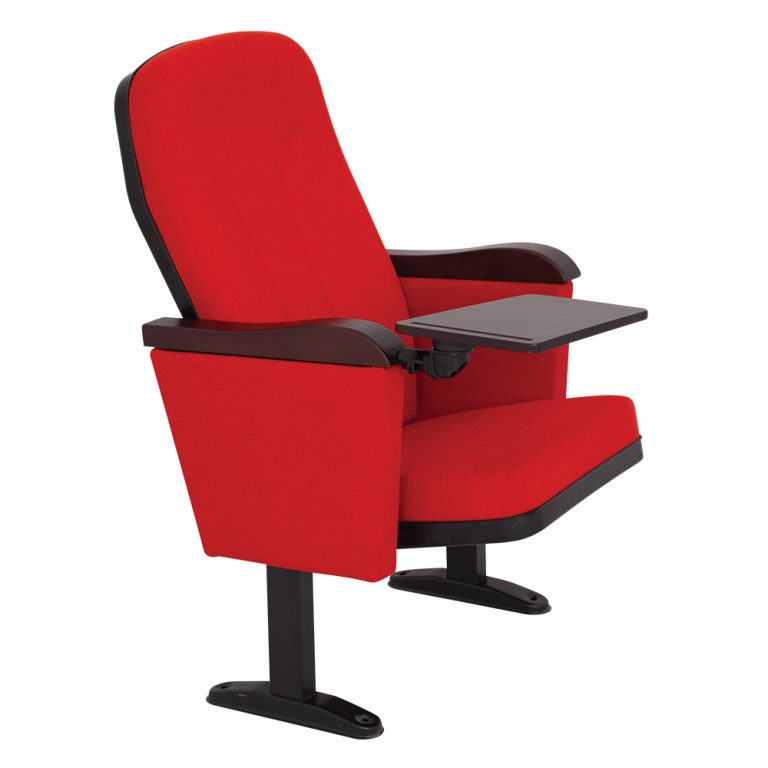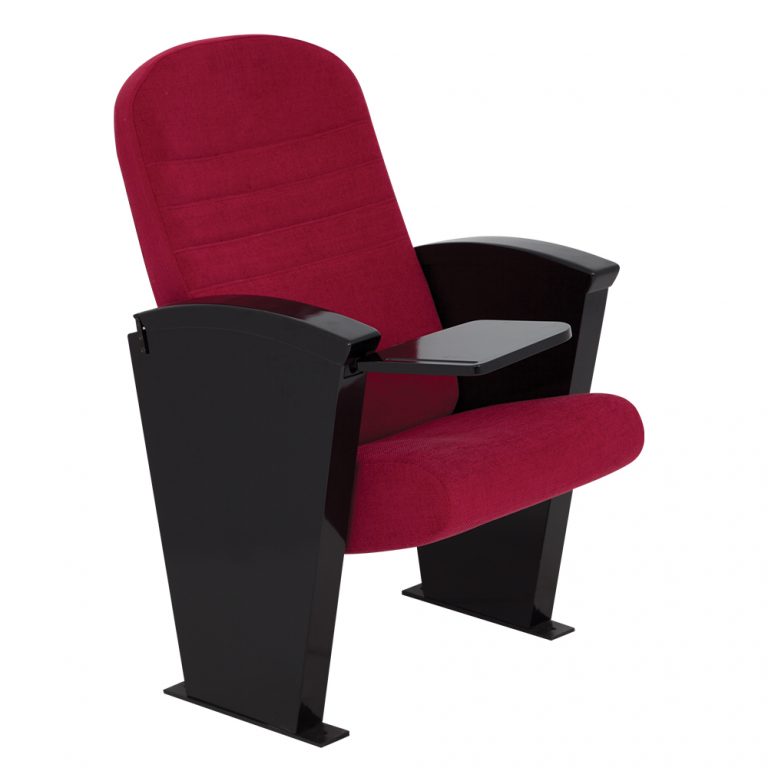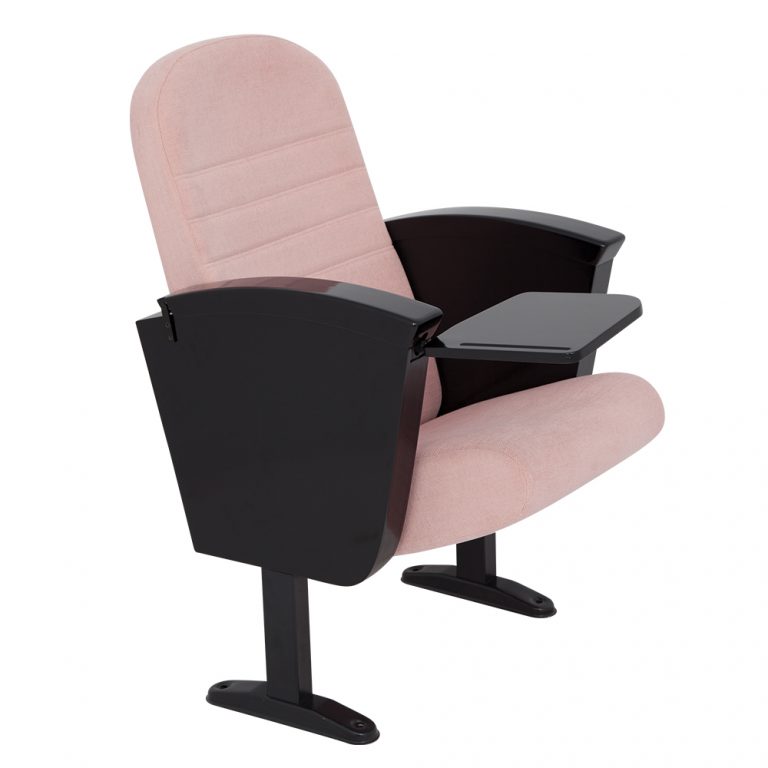Seating for Lecture Hall
Lecture hall seating is an important factor that affects the learning experience of students and teachers. A comfortable, ergonomic, and functional seat can enhance the attention, engagement, and satisfaction of the audience. On the other hand, a poorly designed seat can cause discomfort, distraction, and dissatisfaction. Therefore, choosing the right seating for lecture hall is a crucial decision that requires careful planning and consideration.
What is Lecture Hall Seating?
Lecture hall seating is the term used to describe the seats that are arranged in a large room or auditorium where lectures, presentations, or seminars are held. Lecture hall seating can vary in size, shape, layout, and features depending on the purpose, capacity, and design of the space. Some common characteristics of lecture theater seating are:
- They are usually fixed to the floor or attached to a rail system that allows them to slide or fold.
- They have a writing surface or a tablet arm that can be flipped up or down for taking notes or using laptops.
- They have a backrest and a seat cushion that can be padded, upholstered, or made of plastic or metal.
- They have a seat number and a row letter that help the audience find their seats and the organizers keep track of attendance.
Lecture Hall Seat Types (Fixed, Portable, Auditorium Type)
There are different types of lecture theater seating that suit different needs and preferences. Some of the most common types are:
- Fixed seats: These are the seats that are permanently attached to the floor or the wall. They are sturdy, durable, and easy to maintain. They are ideal for lecture halls that have a fixed layout and a large number of seats. However, they are not very flexible and cannot be moved or rearranged.
- Portable seats: These are the seats that are not fixed to the floor or the wall. They are lightweight, mobile, and easy to store. They are ideal for lecture halls that have a flexible layout and a small number of seats. However, they are not very stable and may require additional support or anchoring.
- Auditorium seats: These are the seats that are designed specifically for auditoriums or theaters. They are comfortable, elegant, and stylish. They usually have a reclining mechanism, a cup holder, and a sound system. They are ideal for lecture halls that host special events or performances. However, they are expensive, bulky, and difficult to install.
As leading lecture hall seats & amphitheater chairs manufacturer Seatment, we offer best seating solutions for your projects. You can reach us for more details and prices.
Lecture Hall Chairs Models
LET’S GET IN TOUCH
Lecture Theatre Seating Ideas
There are many ways to make lecture theatre seating more attractive, comfortable, and functional. Some of the ideas are:
- Use different colors, patterns, or textures to create contrast, harmony, or visual interest.
- Use adjustable seats, armrests, or headrests to provide more comfort and support.
- Use smart seats, sensors, or cameras to monitor the attendance, behavior, or feedback of the audience.
- Use interactive seats, screens, or speakers to enable the audience to participate, communicate, or collaborate.
Lecture Style Seating
Lecture style seating is the most common and traditional way of arranging seats in a lecture hall. It involves placing the seats in rows facing the front of the room where the lecturer, the screen, or the board is located. Lecture style seating has some advantages and disadvantages, such as:
- Advantages: It maximizes the use of space, accommodates a large number of people, and facilitates the delivery and reception of information.
- Disadvantages: It minimizes the interaction, engagement, and diversity of the audience, and creates a passive and boring learning environment.


